
- Products
- View All Products
- Bridge Decking
- Industrial Tanks & Processing Equipment
- Mass Transit & Rail
- OEM & Custom Products
- Pedestrian Bridges & Boardwalks
- Standard Structural Products
- Tower Tech Cooling Towers
- Utilities & Telecommunications
- Waterfront Infrastructure
- Services
- Resources
- Why FRP
- About Us
- Blog
- Contact
CVN CAMEL - MAYPORT, FLORIDA
Composite Advantage’s CVN aircraft carrier camels provide safe separation between ships and piers. These corrosion-resistant structures have a service life of 25 years with little to no maintenance. To allow for easy shipping, each camel is composed of five separate modules and fender panels, which are bonded and bolted together on-site. Both assembled camels were delivered to the pier by a tugboat.
LOCATION
Mayport, FL
PROJECT
Naval Station Mayport CVN Aircraft Carrier Camel Project
PRODUCT
CVN Camel

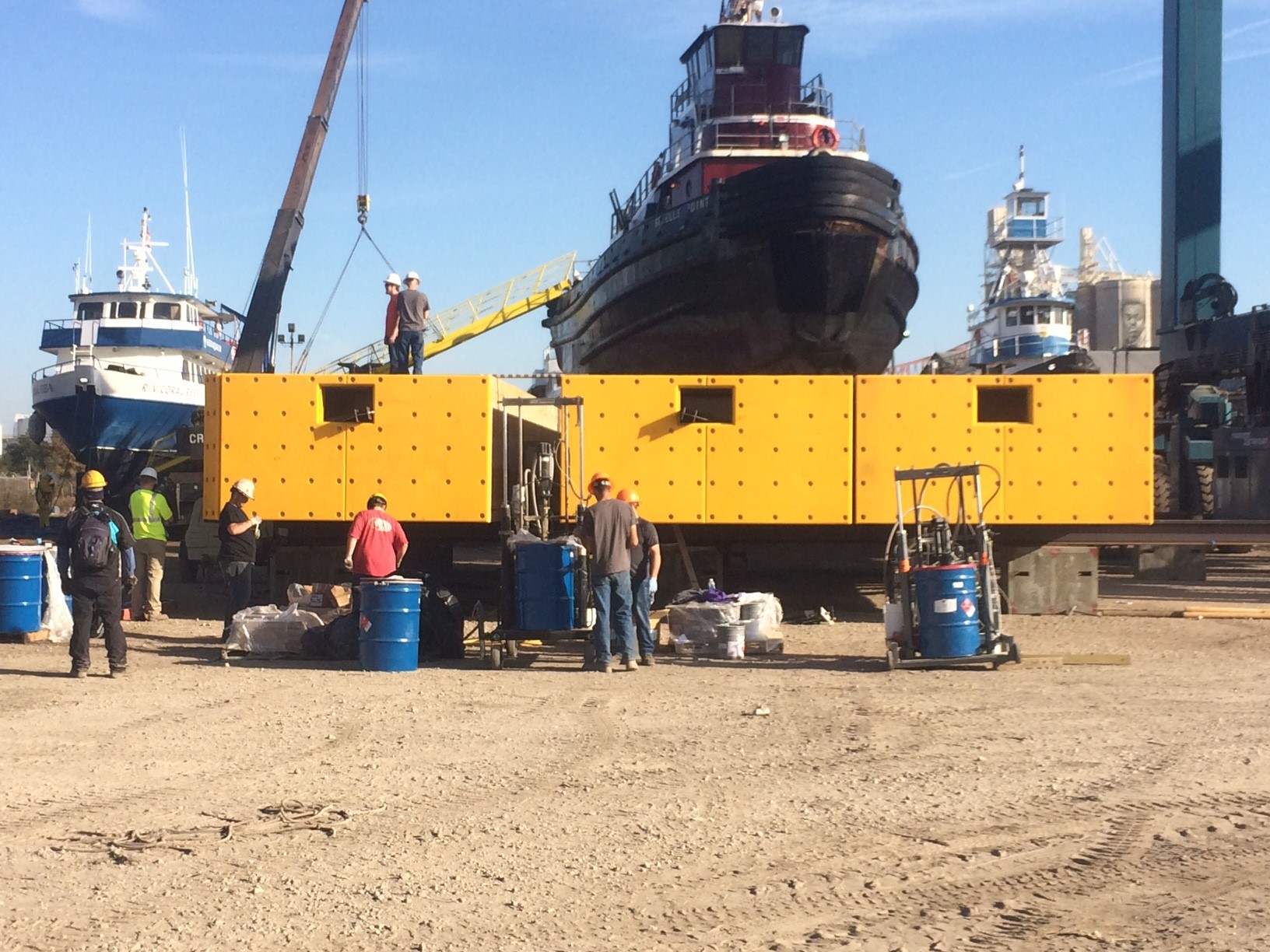
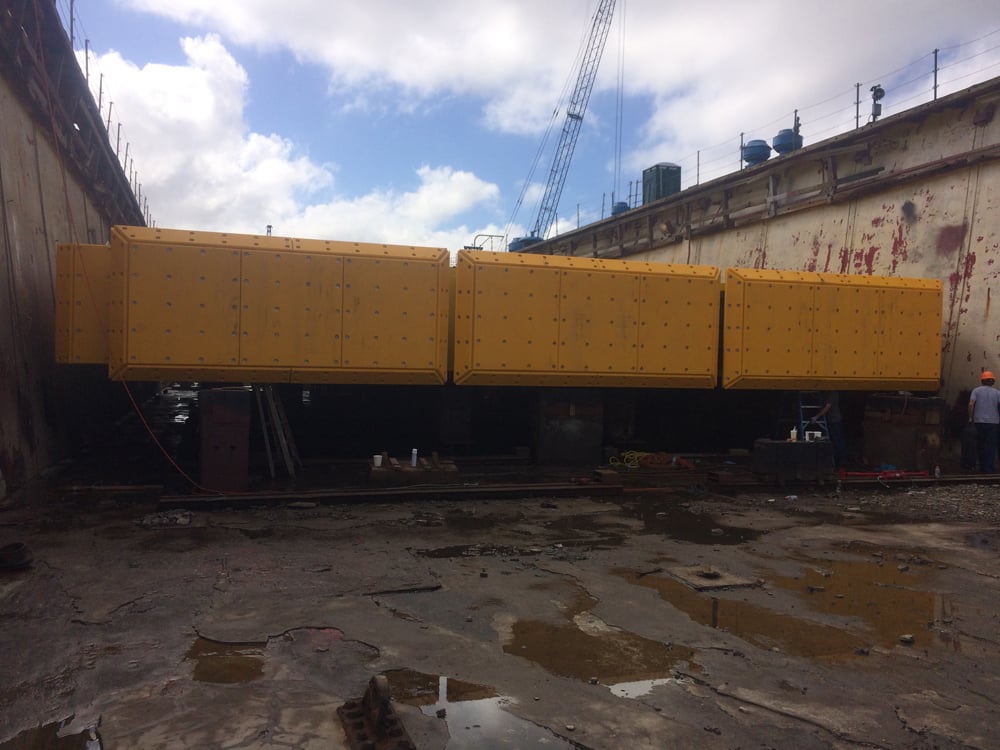
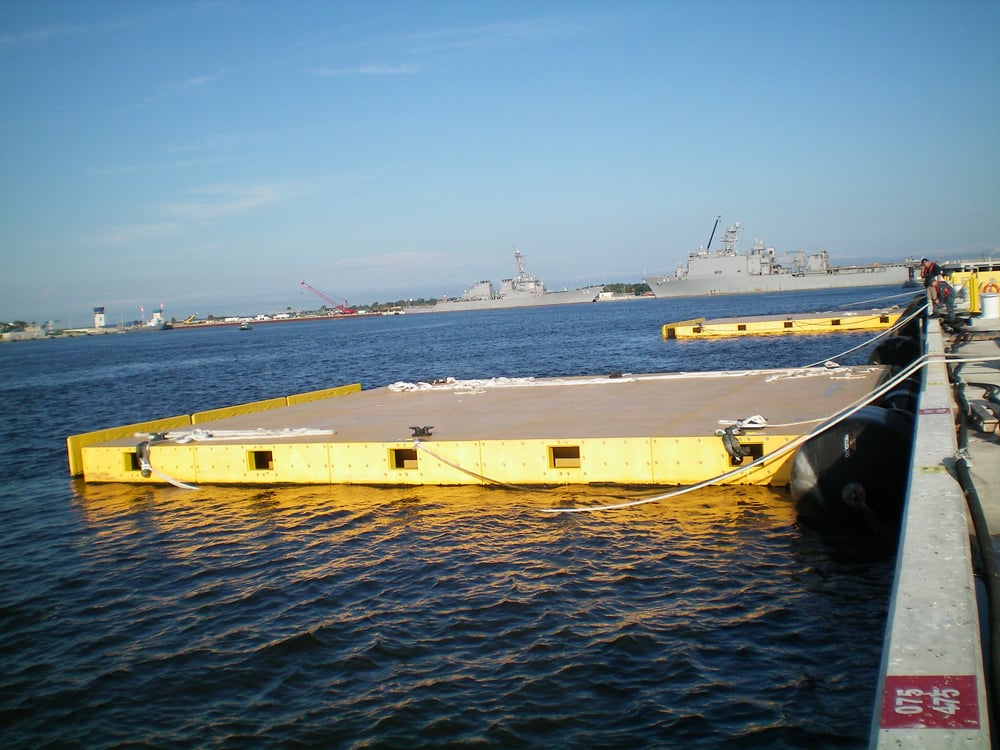
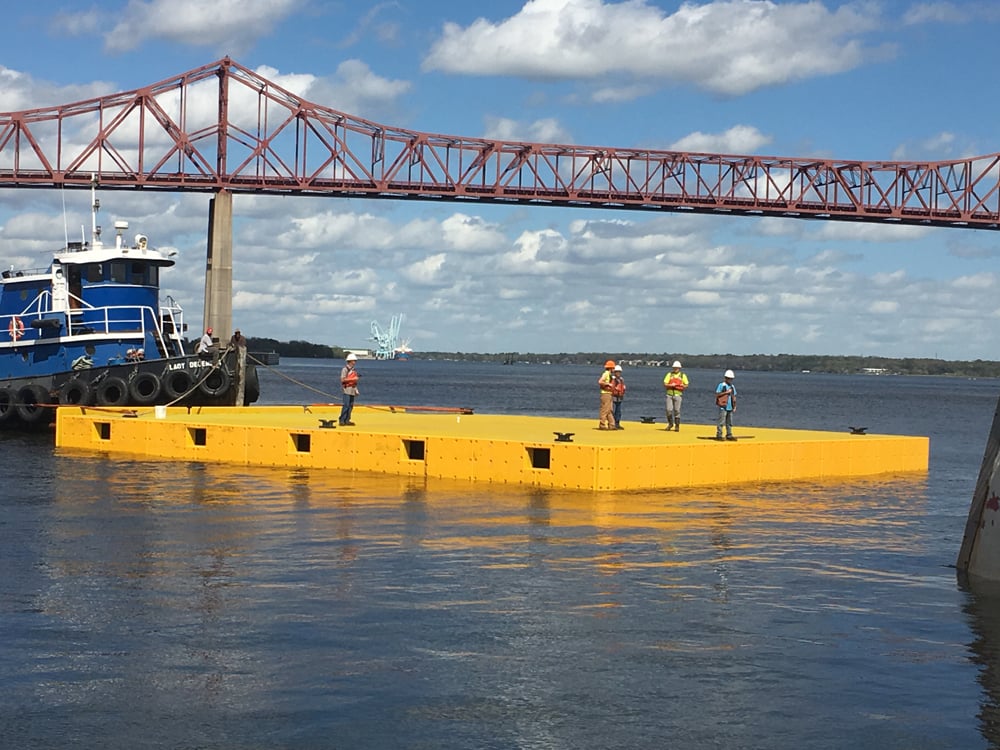
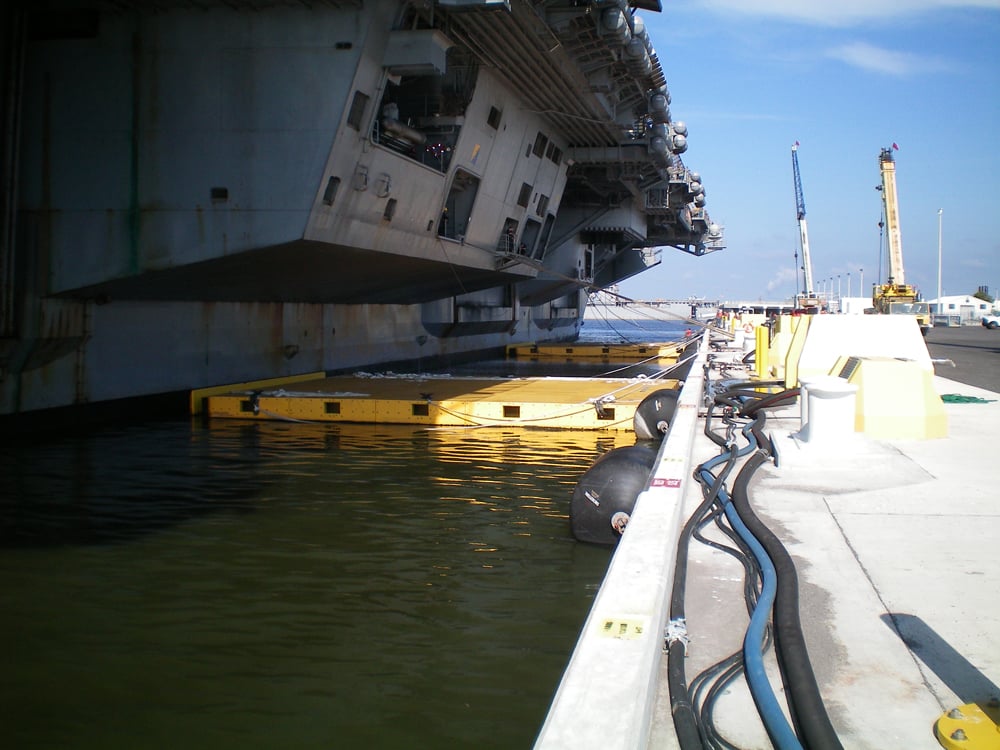
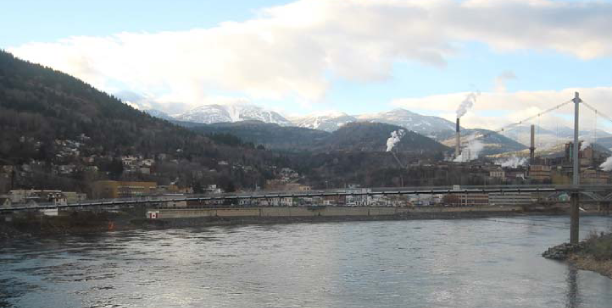
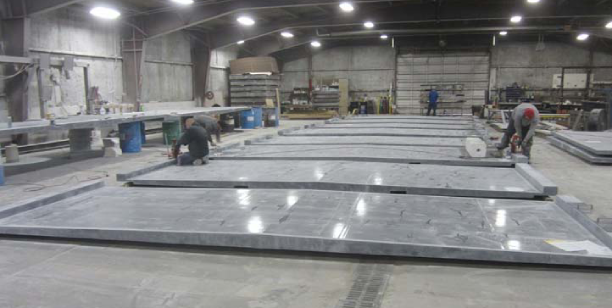
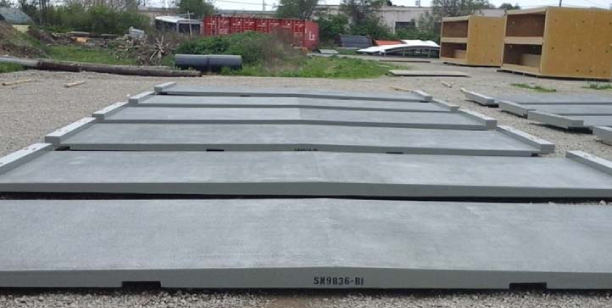
.png)